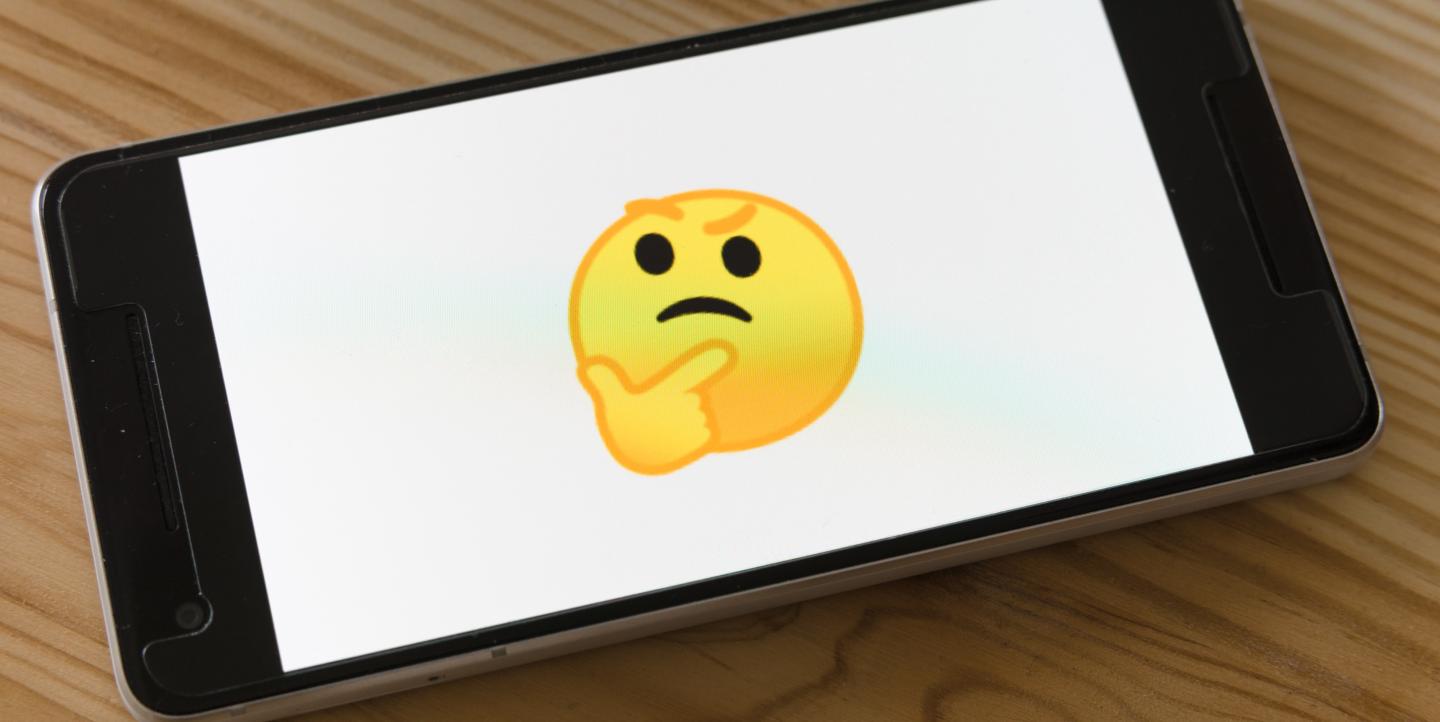Emojis, memes and gifs: you may text with them on a daily basis, but did you know you can also use them in your reporting to boost engagement?
These newer forms of visual journalism can help amplify the truth and reach larger audiences in a media ecosystem today in which false information proliferates too easily.
“It’s very easy to dismiss [visual] languages if you don’t know a lot about them, because from the outside they might seem one dimensional. Actually, there's a lot of complexity and richness and creativity,” said Paul Bradshaw, an online journalist and blogger who leads the data journalism master’s degree program at Birmingham City University.
At a session of the ICFJ Empowering the Truth Global Summit, Bradshaw discussed new ways journalists can use visuals in their reporting, and offered tips and techniques for leveraging them to engage readers. Here are some key takeaways.
Emojis
Many people today use emojis to communicate messages quickly, or when words alone aren’t as effective. They can be used literally or to convey emotion, as ratings – like the "💯" – or as a call to action, like arrow emojis pointing to a link.
For instance, HuffPost UK has used emojis on social media and in push notifications to indicate the nature of a story or the emotion behind it, whether it is happy or sad. This tactic lets readers know up front what a story will be about, and can better help draw them in. A story about a puppy, for example, might benefit from a puppy emoji when being promoted.
Bradshaw highlighted the collaborative reporting project, Viral Facts Africa, which used emojis and other new visual journalism techniques to counter mis- and disinformation about COVID-19 on social media.
To improve accessibility, consider using just one or two emojis at a time. This is because when a screen reader, which allows blind or visually impaired people to read text online, identifies emojis, it reads out a description of each one. As a result, it’s important not to overload it with too many at once. Ensure, too, that the preset read out description of emojis matches the intended message.
GIFs
GIFs, which are short, animated clips, are another viral storytelling technique that can boost engagement and fight misinformation online. An internal study conducted by Twitter found that tweets with GIFs received 55% more engagement than those without.
Similar to the moving images in the newspapers of the Harry Potter universe, noted Bradshaw, GIFs can be used in social media, news stories, listicles and more. For one interactive scrollytelling story about Chinese military exercises near Taiwan, Birmingham Eastside, a local news outlet in the U.K., turned a series of screenshots of a map into a GIF to more strategically engage users on Twitter.
Flourish is one free data visualization and storytelling tool available to journalists. The tool has built-in templates to create GIFs, like a bar chart race which animates changing values over time. Flourish also has an option to “create a story,” or a slideshow of graphics. These can be screen recorded and turned into GIFs.
Memes
Memes, a term coined in the 1970s, originally referred to ideas that become widespread or popular. Today, they generally refer to snippets of content, often visual, that are shared and spread rapidly online.
Memes typically employ narrative structures and have their own grammar and rules, Bradshaw explained: “Once you start to understand that, you can start to use that to tell stories in a way that is, again, very punchy, very succinct [and] very distinctive.”
Malicious actors have often used memes to disseminate disinformation. Fact-checkers can counter these false narratives using the same tactics, said Bradshaw. Spanish fact-checking organization Maldito Bulo utilized memes in their coverage of the Catalonian regional election in 2017, in the form of fact-checks that they posted directly to social media.
There exist a variety of meme catalogs and generators online today. For instance, users can make memes or browse existing ones on Cheezburger Meme Generator to see which may be popular or used often.
Text as visuals
Turning text into visuals is yet another tactic journalists can use to better engage readers. Doing so can convert elements of a story into shareable content that draws in a wider audience. After all, readers process visuals more quickly than they do text, Bradshaw noted.
Turning key quotes and figures into social media-friendly graphics can engage readers who might not typically visit a news outlet’s website. “For a lot of these visual storytelling techniques, [they] might only exist on social media,” Bradshaw said, adding that Canva is an especially helpful tool many journalists use.
Consider using illustrations, too. The PBS series “Blank on Blank” created video content by adding illustrations to their audio interviews. “It’s an illustration of the principle that if you’ve got a bit of audio, you can turn it into a series of images instead,” Bradshaw said.
Disarming Disinformation is run by ICFJ with lead funding from the Scripps Howard Foundation, an affiliated organization with the Scripps Howard Fund, which supports The E.W. Scripps Company’s charitable efforts. The three-year project will empower journalists and journalism students to fight disinformation in the news media.
Photo by Markus Winkler on Unsplash.

